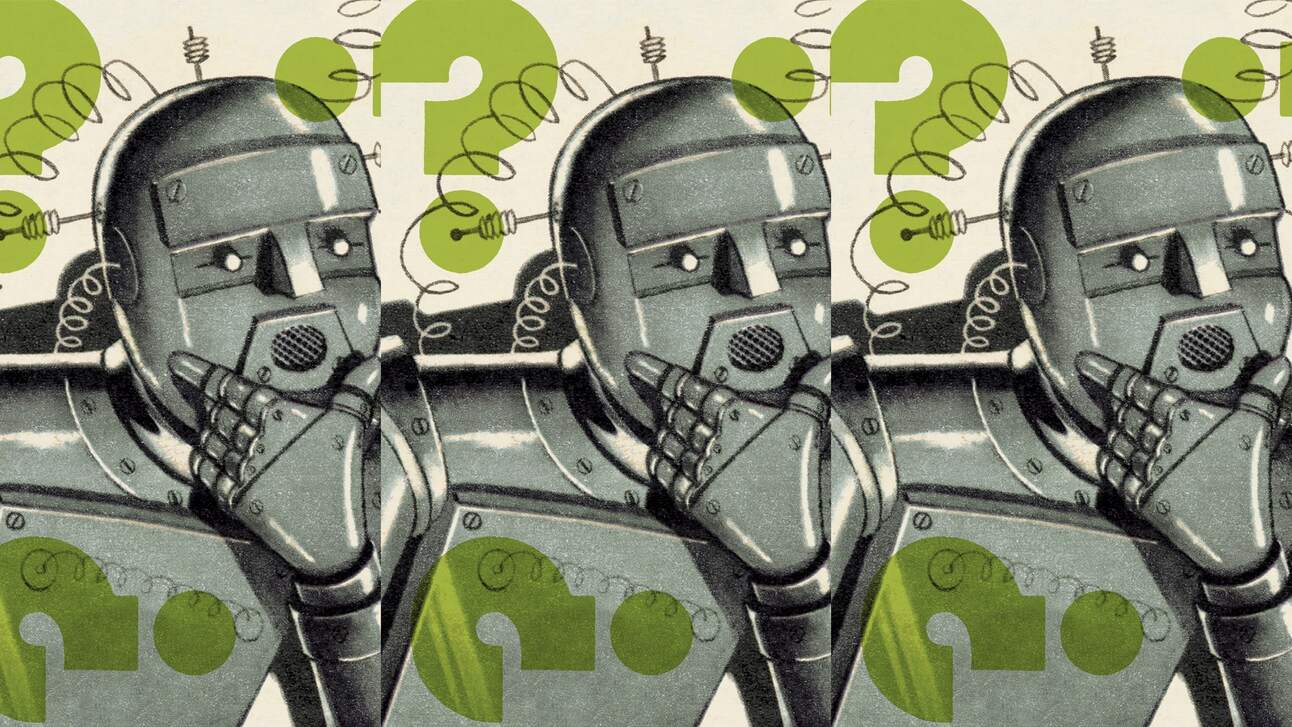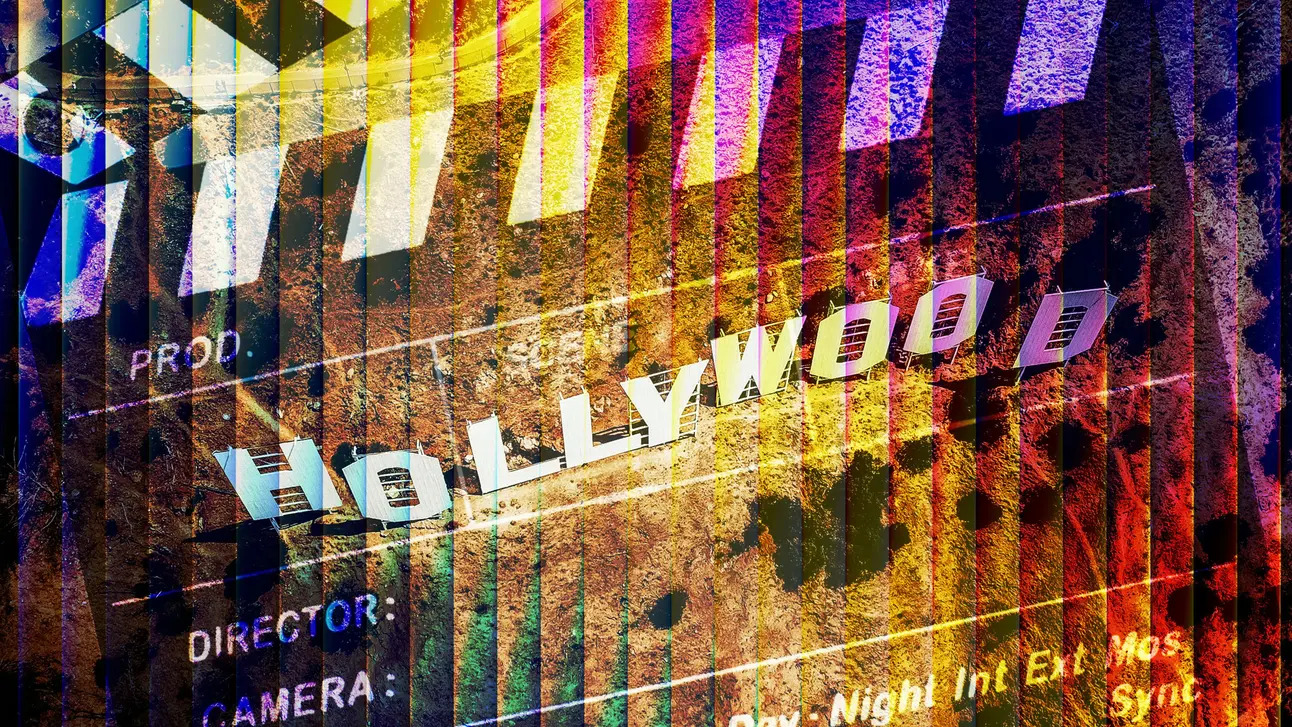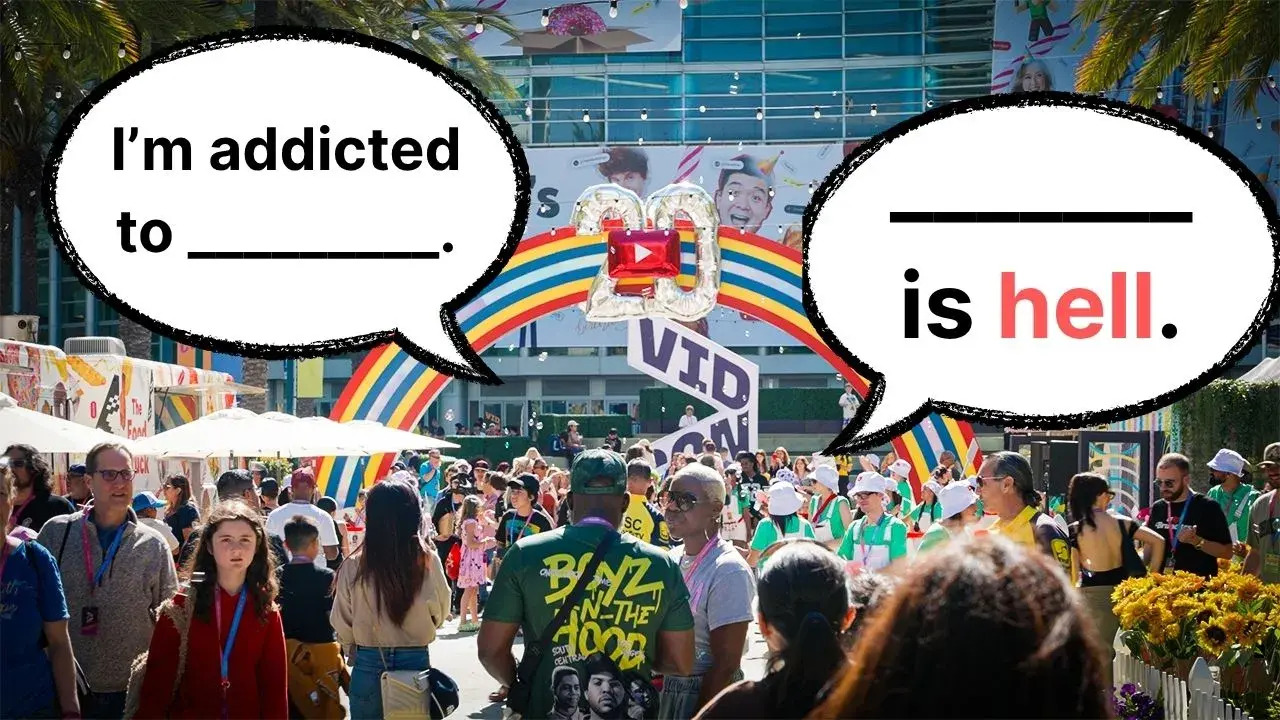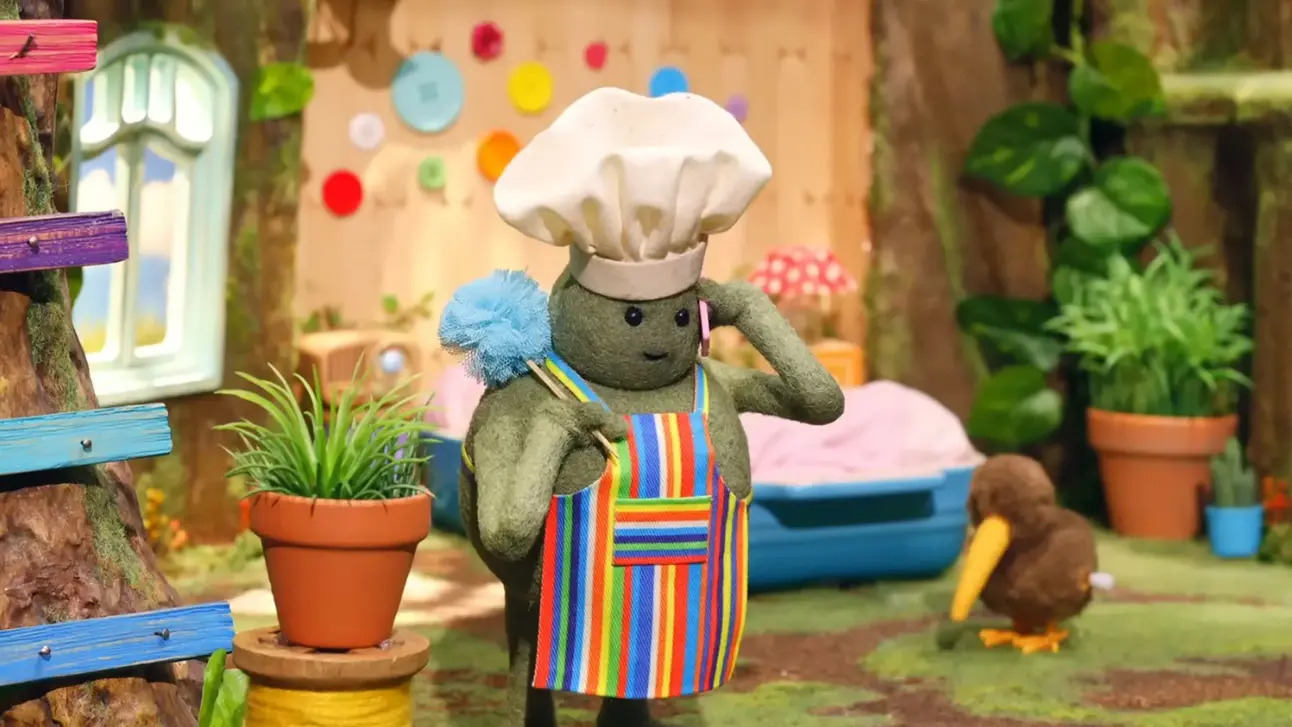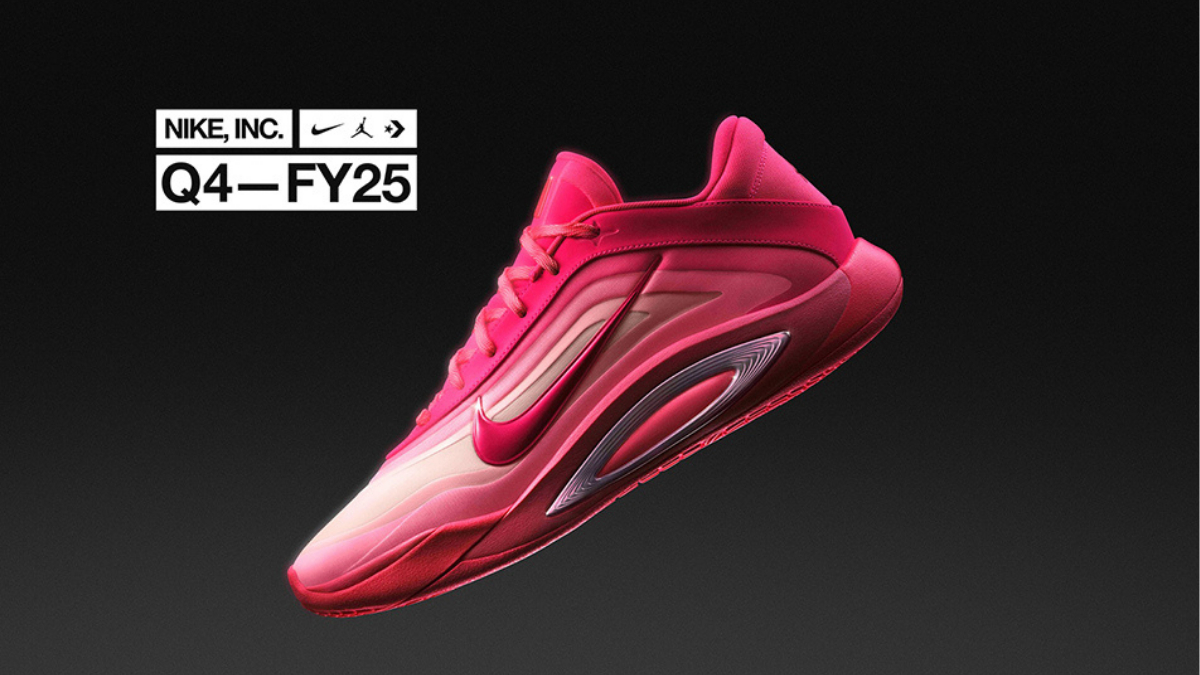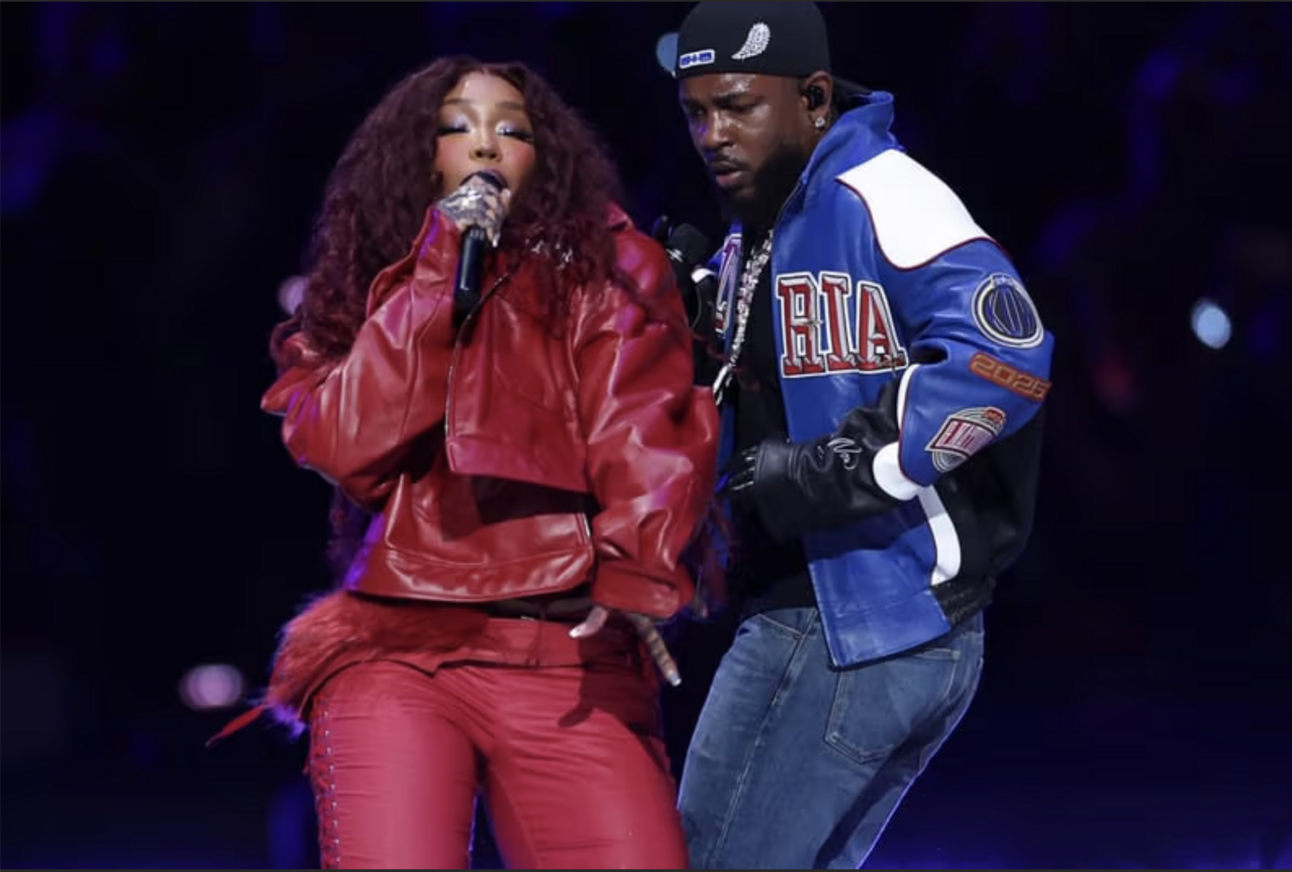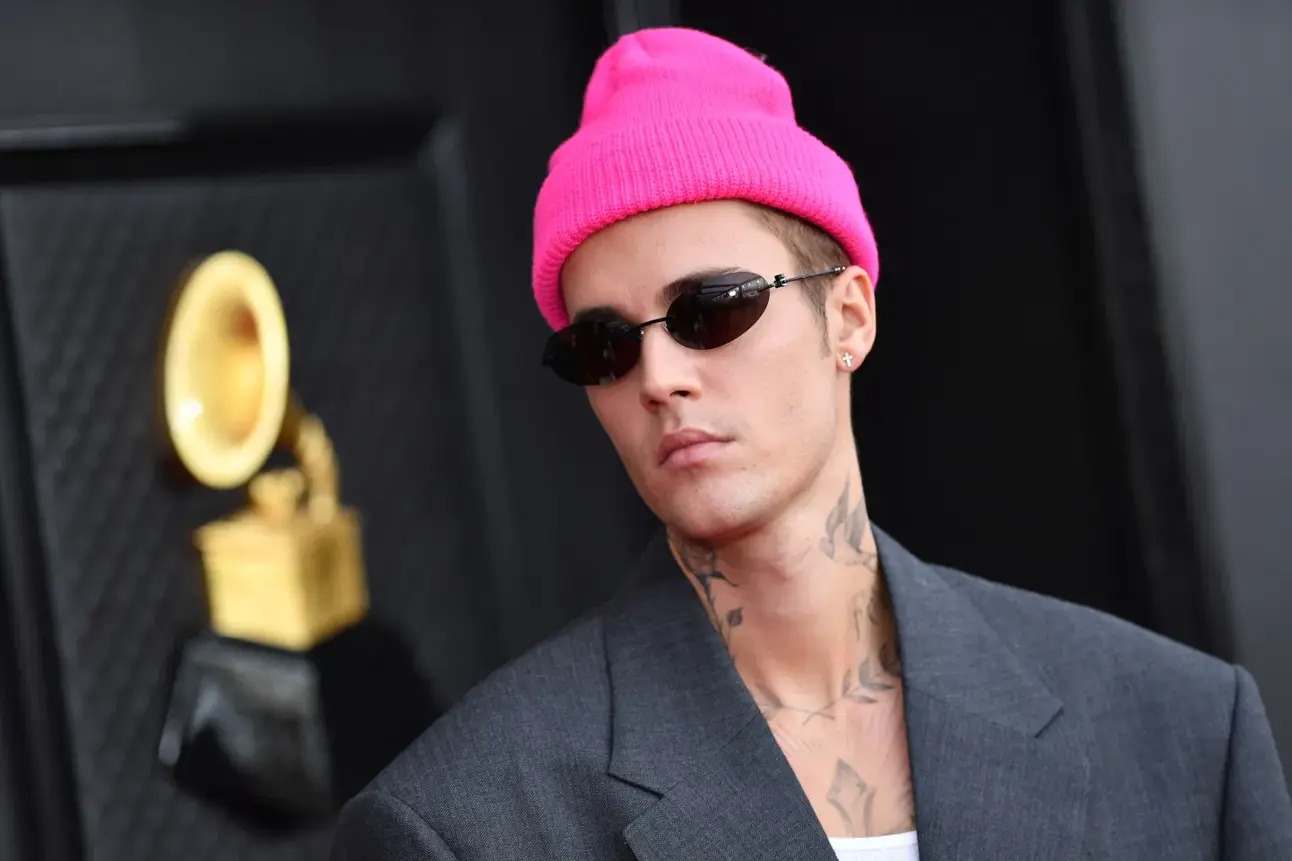- The 10 Things Newsletter
- Posts
- Hollywood’s Moment of AI Reckoning
Hollywood’s Moment of AI Reckoning
Plus: Gen Alpha Slang Baffles Parents—and AI
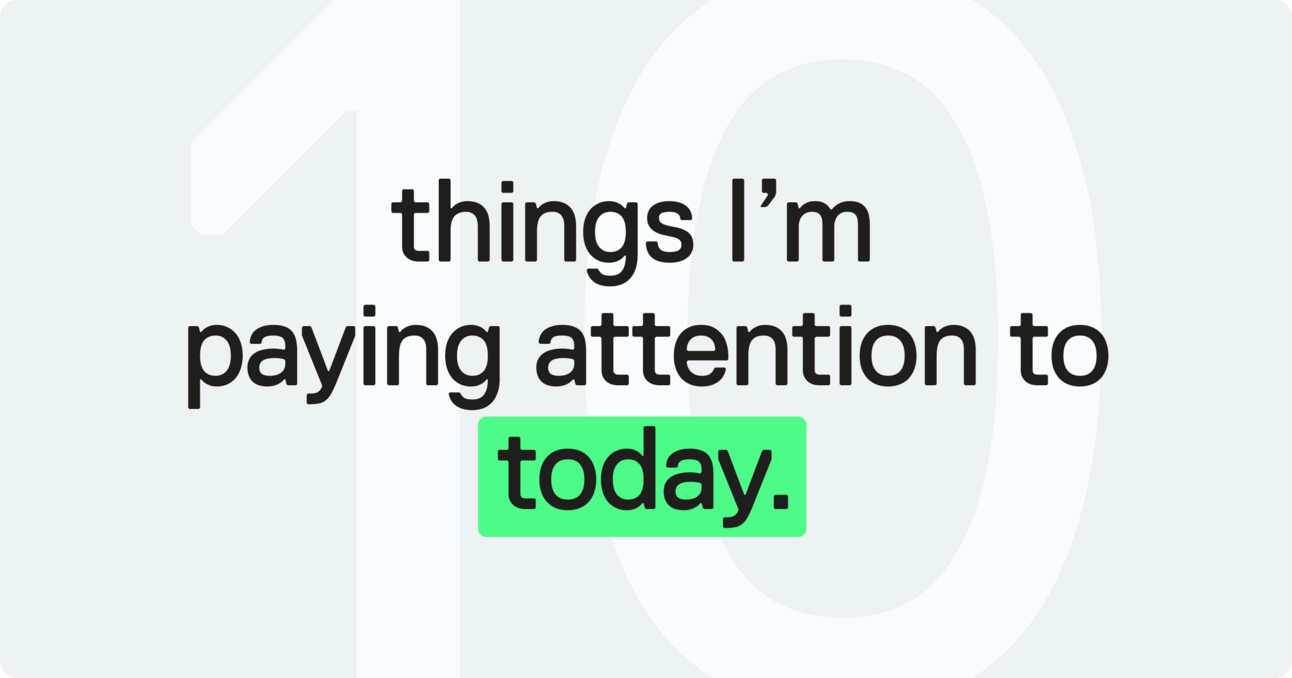
Hey there—Ryan here in sunny LA ☀️. Here’s what I’m tracking today across entertainment, tech, and marketing:
AI just got lost in translation. A high school researcher dropped a study showing that Gen Alpha slang—like “fr fr let him cook”—confuses not just adults, but top models like GPT‑4 and Claude. With human and machine accuracy both hovering around 68%, it’s a wake-up call: if platforms can’t decode youth language, they can’t moderate it. That’s a safety risk, and a missed cultural cue.
Influencer trust is cracking. New research shows over 70% of consumers feel misled when creators hide brand ties—and even obvious tags like #ad don’t boost credibility. The NAD is stepping in with creator training, but the bigger signal? Audiences want real talk, not just reach.
Also: Spielberg’s done with AI sidekicks, even as studios ramp up experiments across scripts, sets, and screens. Hollywood’s AI moment is here—and it’s less about tools, more about trust.
Let’s get into it. 👇
Thanks for reading! Enjoyed this edition? Share it with a friend or colleague!
Was this forwarded to you? Sign up here to receive future editions directly in your inbox.
Support the Newsletter: If you’d like to support my work, consider contributing via Buy Me a Coffee.
Stay Connected: For more insights and updates, visit my website or follow me on LinkedIn, YouTube, and TikTok.
Work with Me: Interested in partnering with me on sponsored content, consulting/advising, or speaking and workshops? Get in touch here.
How was today's newsletter?Feedback helps me improve! |
